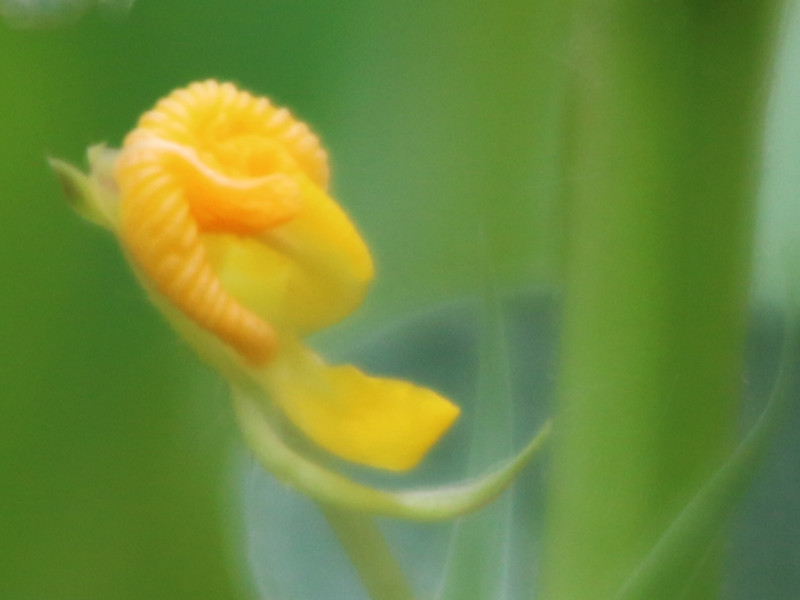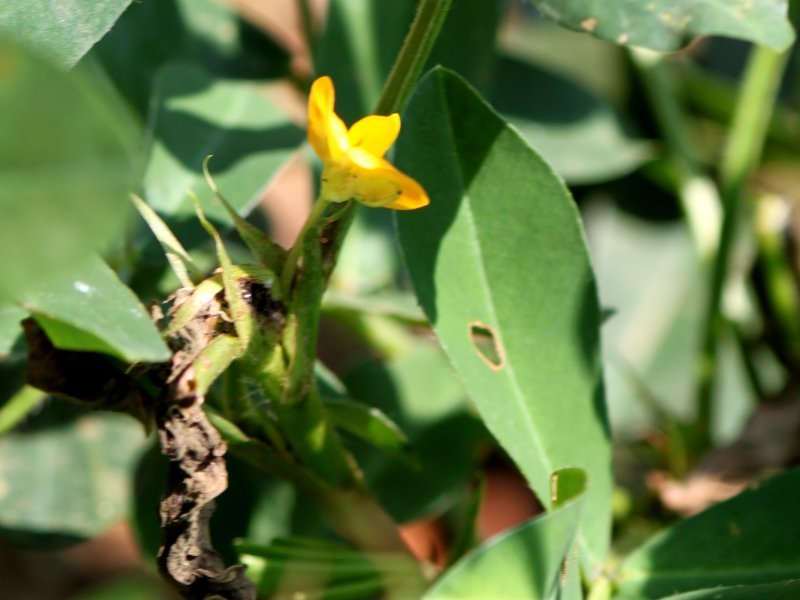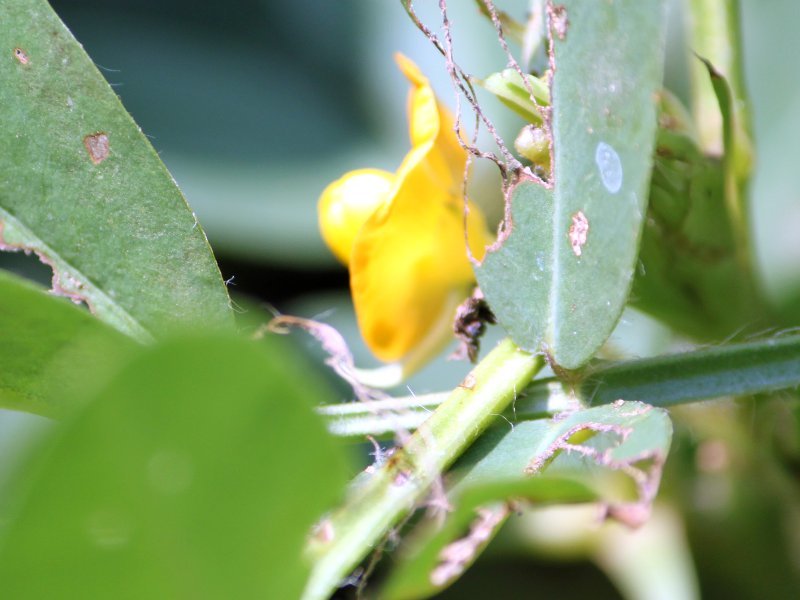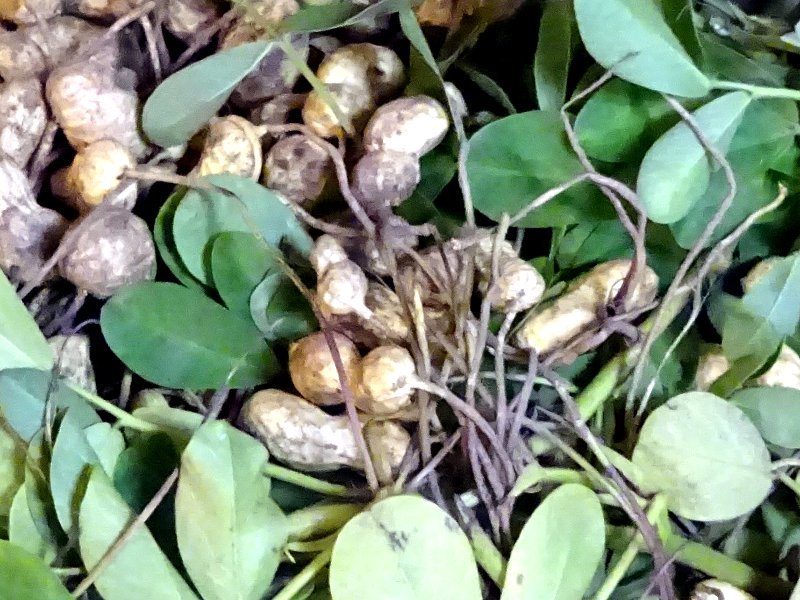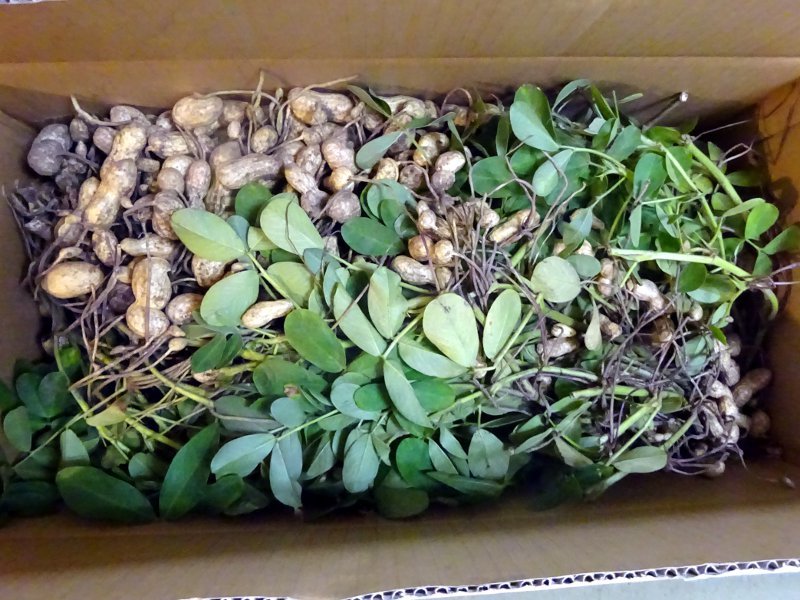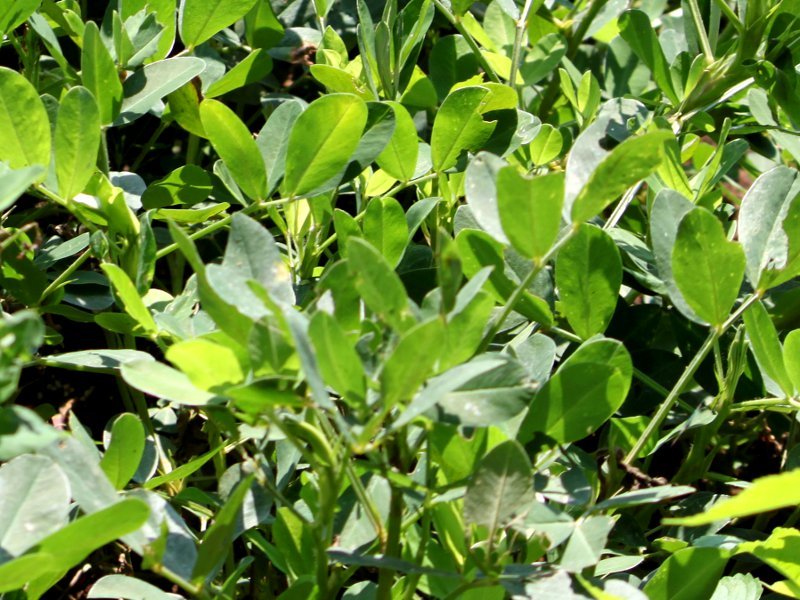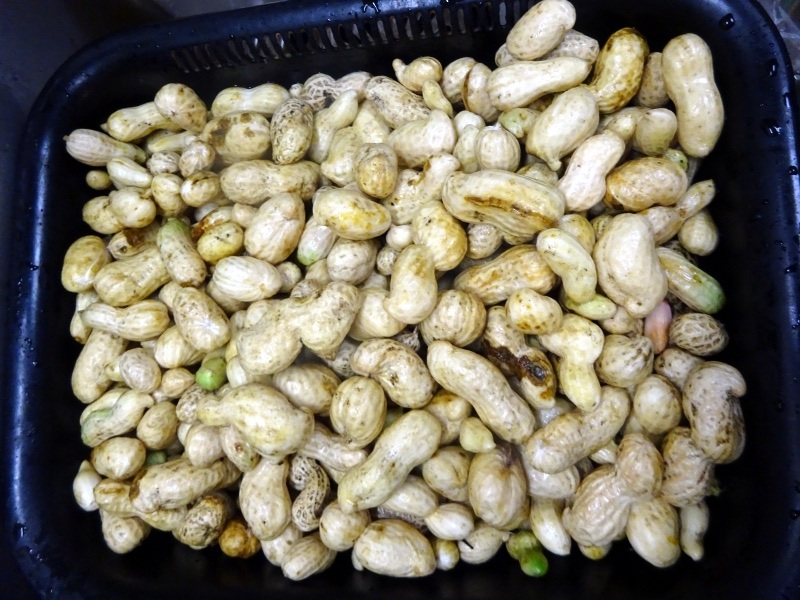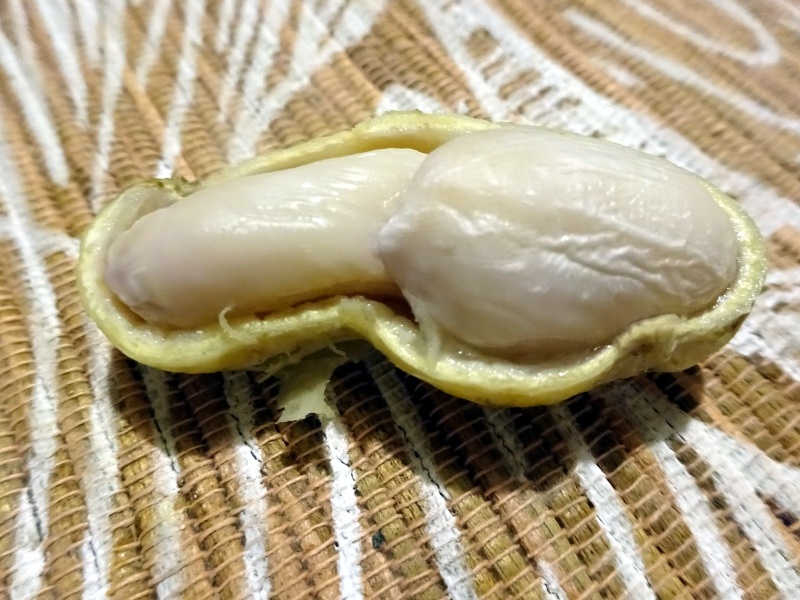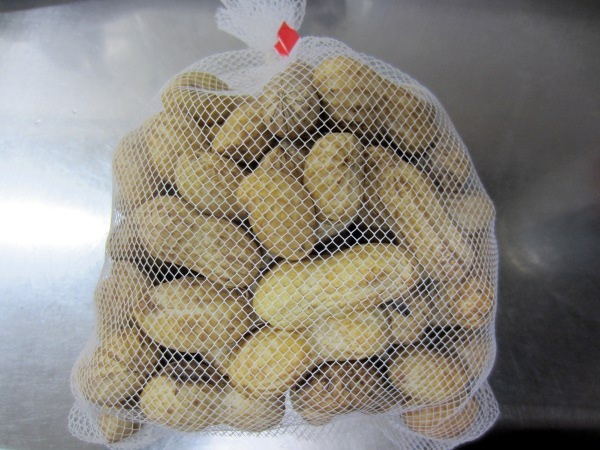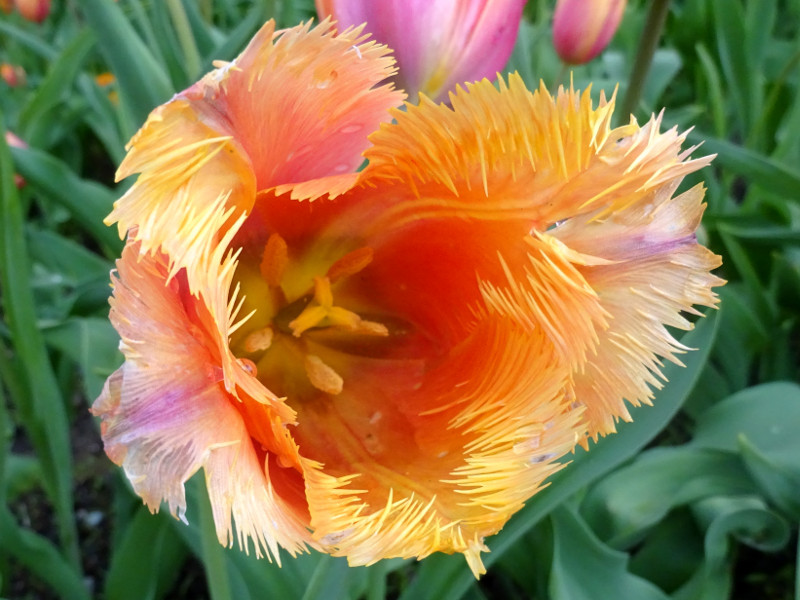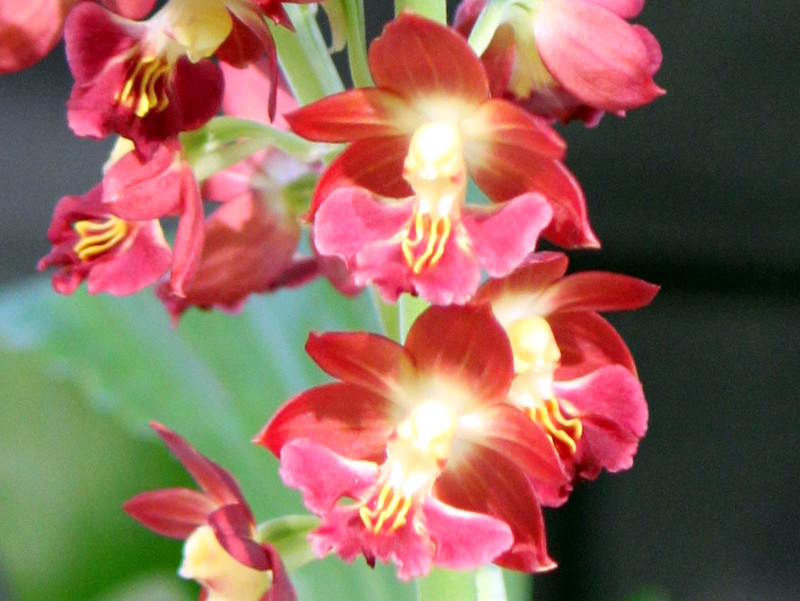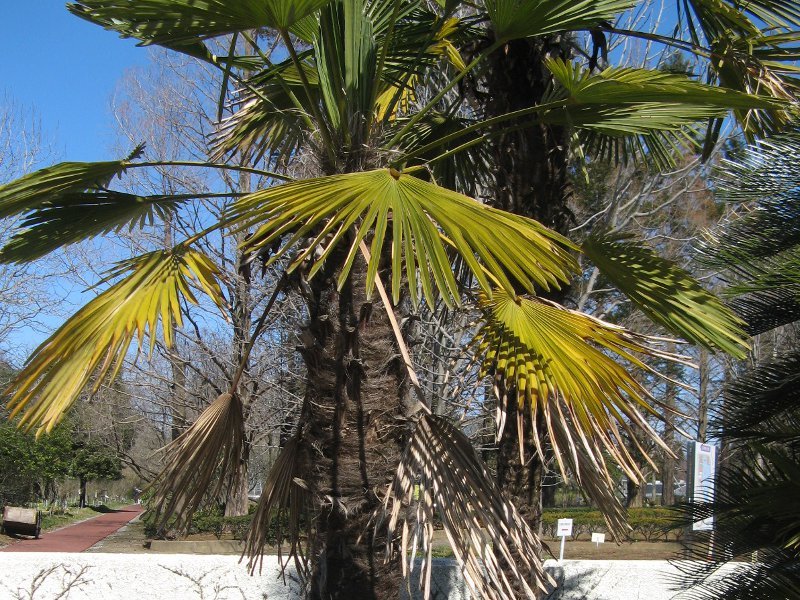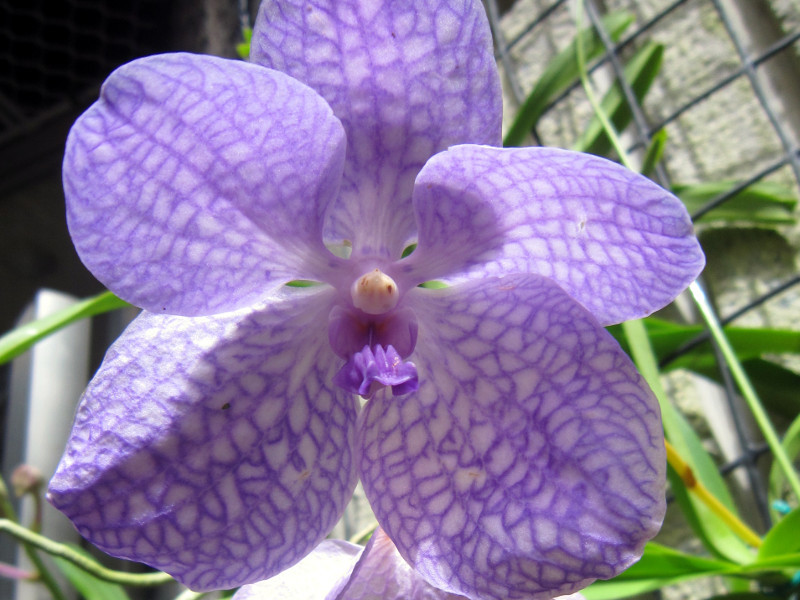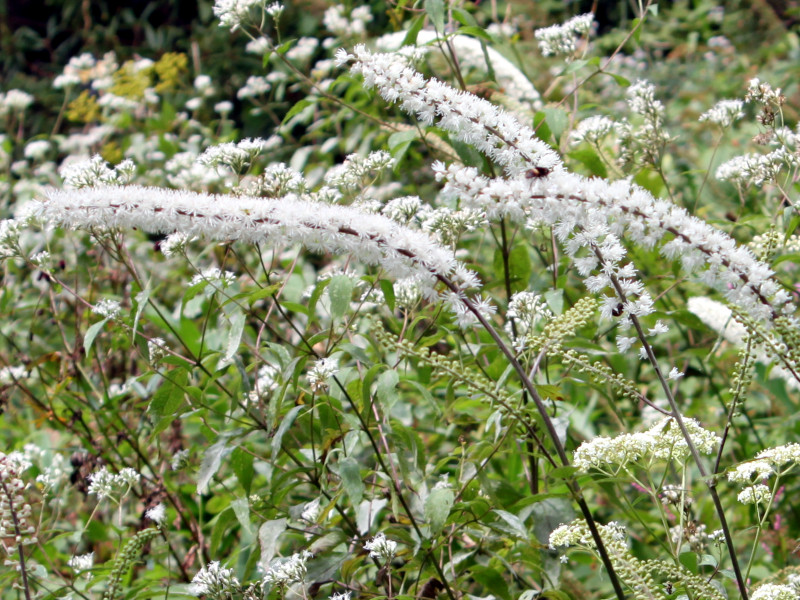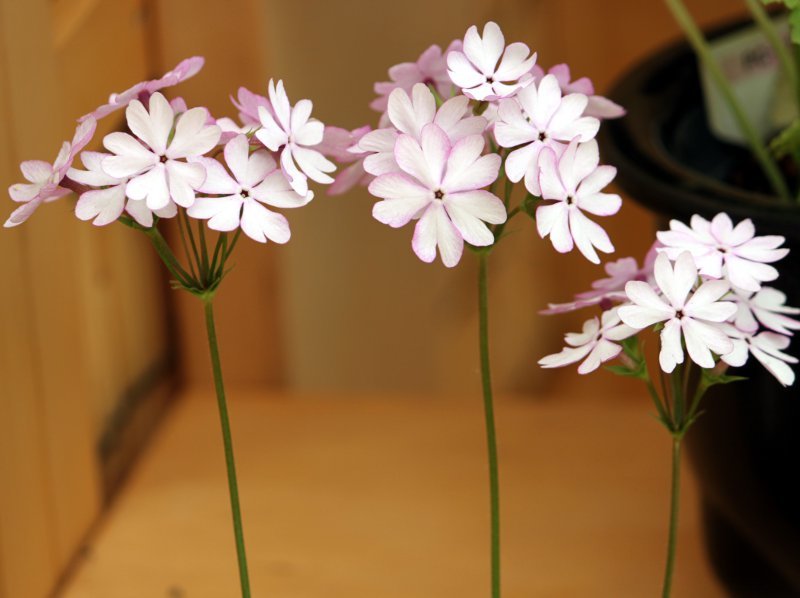Peanut
- Flower namePeanut
- Scientific nameArachis hypogaea
- Aliasピーナッツ, 落花生, Peanut, ナンキンマメ, 南京豆, ジーマーミ, groundnut, Yer fistigi
- Place of originSouth America
- Place of floweringField
- Flowering seasonJune, July
What is Peanut
Peanut or groundnut, scientific name:Arachis hypogaea) is an annual grass and vegetables of the frachis genus , of the fabaceae department nativen to South American Andean plateau. Seeds are edible. Summer branches is bloom Yellow Butterfly-shaped flowers in the axils and flower later called the gynophore growth into the soil and the fruit. This depends on the that the fruit grows from the fallen flower names. And harvest in the fall, with a shell without shells, dried and boiled and salted and unsalted that is sold. Fruit and peanuts (Peanut) is known in English. To Japan during the Edo period came from overseas, so alias refers to spot (the peanut), Okinawa, and peanut (ground beans). Peanut tofu made with peanut is similar to Sesame tofu and texture. Southern crackers with peanut. Peanut butter also is.Provided is nutritious, causing serious allergies to specific allergens.
Peanut Plant
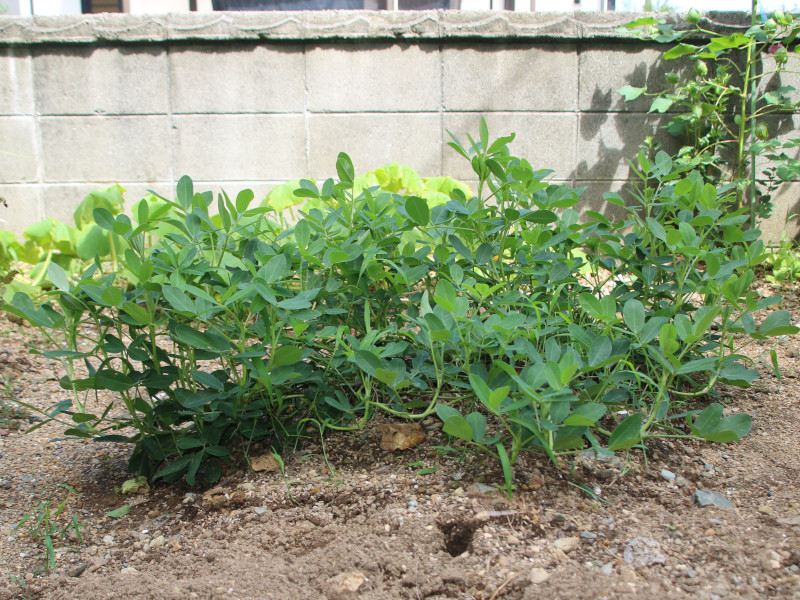
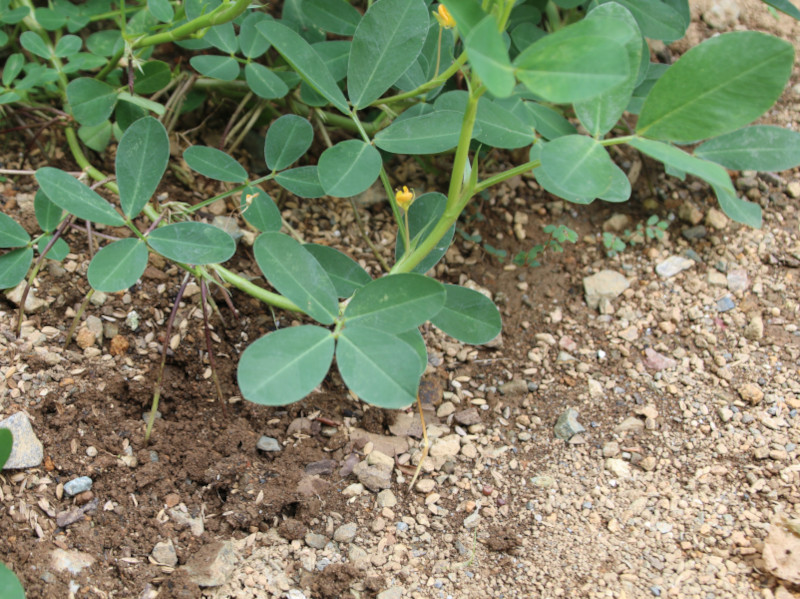
From the leaf axils, the plant extends a calyx tube (which looks like a flower stalk) and produces small yellow flowers in the morning. The flowers self-pollinate just before blooming and wither by noon (half-day flowers).
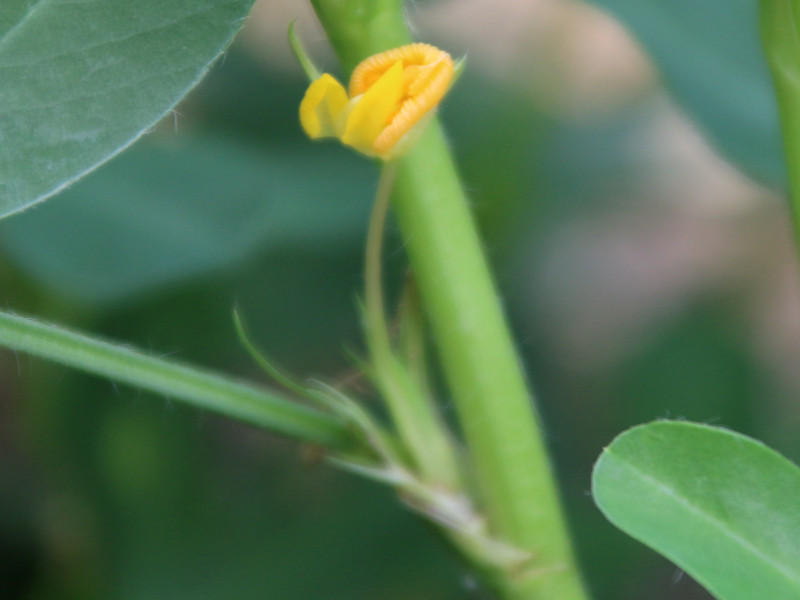
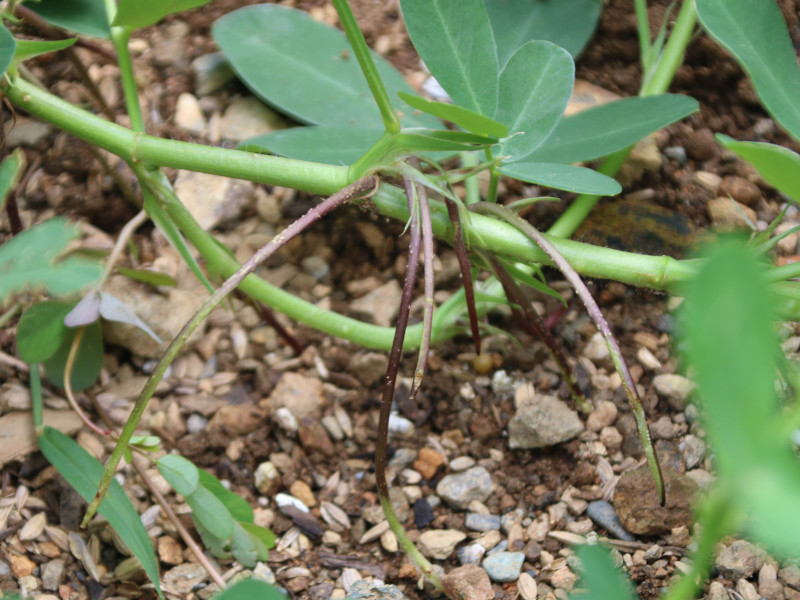
Peanut Flowers
A close-up photo of a peanut flower. A week after pollination, the calyx tube becomes a peg and extends toward the soil (photos by Kazuyo Fujita, August 19).
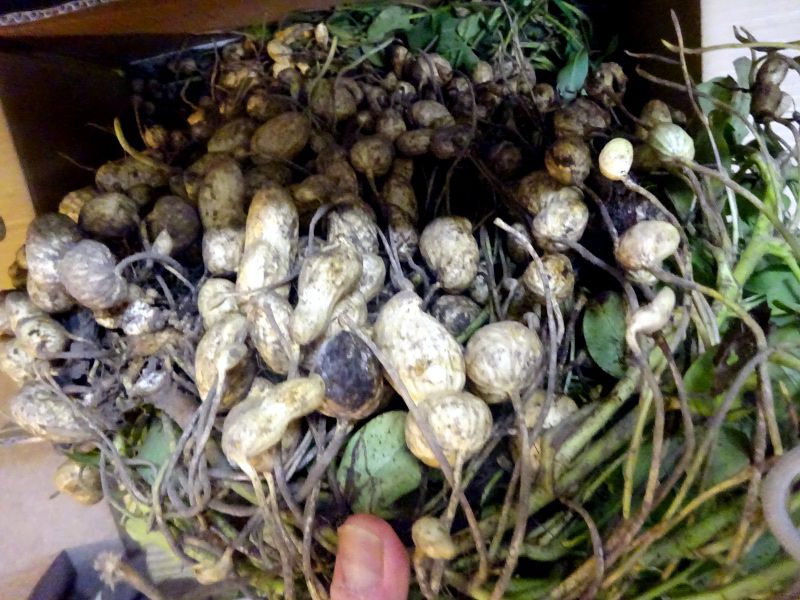
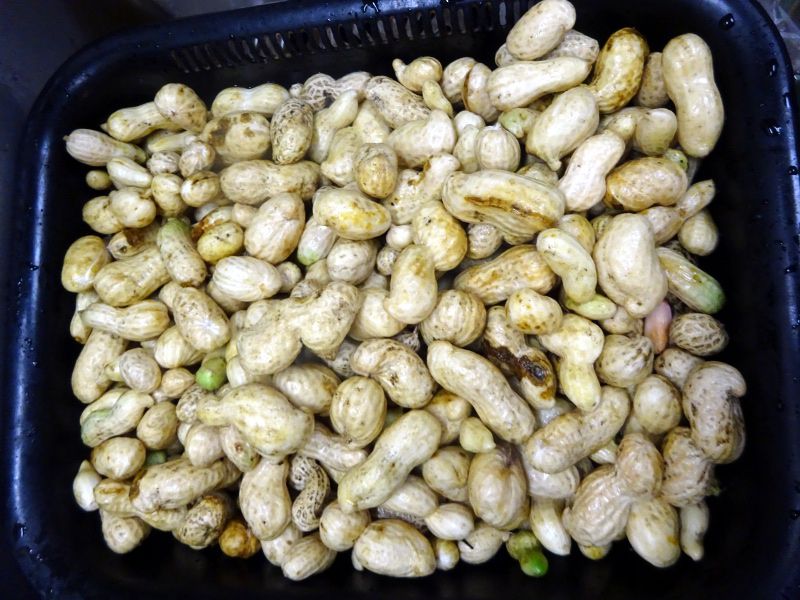
Raw Peanuts
The peg enters the soil, swells, forms a pod, and the seeds mature inside, ready for harvest. The stems and leaves are removed, leaving only the pods, which are then washed (October 7).
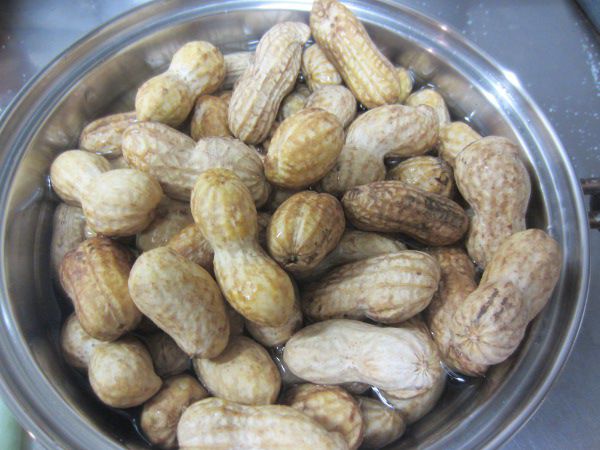
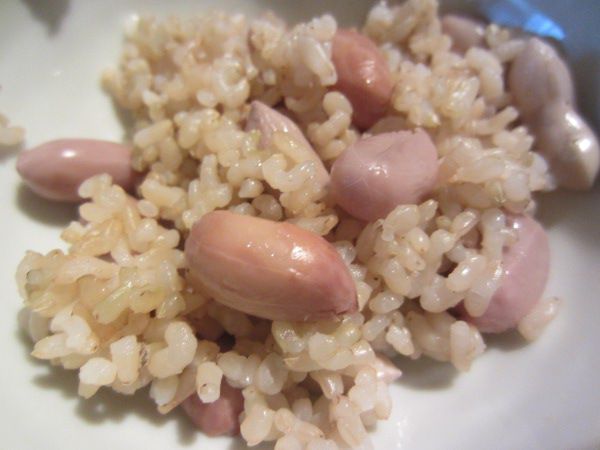
Boiled Peanuts & Peanut Rice
Freshly harvested peanuts are boiled and eaten as "boiled peanuts," or used to make peanut rice.
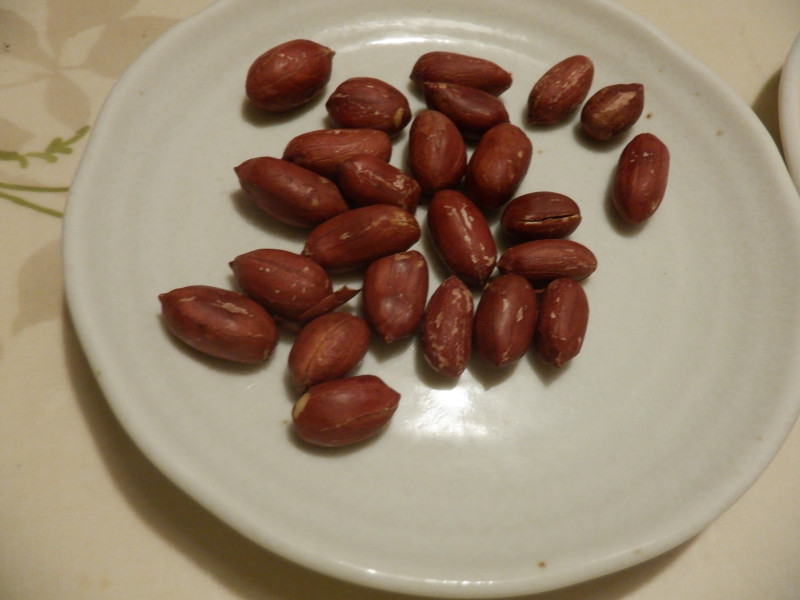
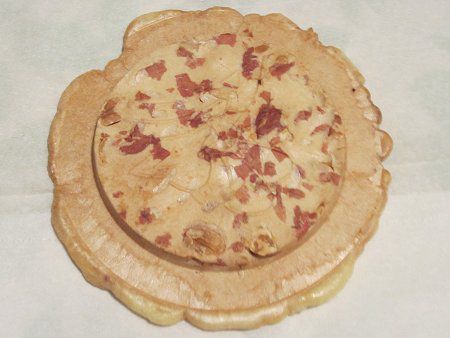
Peanut Senbei (rice crackers)
Alternatively, raw peanuts can be shelled and roasted in a frying pan to make dried peanuts. There is also peanut senbei (rice crackers), though recently some poor-quality versions only contain the shells.
The Life of a Peanut
Peanuts are grown, harvested, and used in various ways. If some seeds are left in the soil, they can sprout into new plants the following year.
The plant grows to 25–50 cm in height. From June to July, yellow, butterfly-shaped flowers about 1 cm in diameter bloom from the leaf axils. After flowering, the peg extends like a root and penetrates the soil, where the seeds develop. The seeds are used for food. The harvested peanuts are sold in the market with or without shells, roasted or boiled, salted or unsalted. Okinawan jīmamī tofu is made from peanuts and has a creamy texture similar to sesame tofu. Peanut butter for spreading on bread is also available. The most popular flavor of nambu senbei is made with peanuts, although recently, some inferior products only contain the peanut shells. Peanuts are rich in vitamins and proteins, making them highly nutritious, but they are also a major allergen.
Origin of the Name
The name "peanut" comes from the fact that the fruit develops where the flower falls. The genus name "Arachis" comes from the Greek a (without) + rachis (flower stalk), referring to the absence of a flower stalk. The species name "hypogaea" means "growing underground," referring to the subterranean development of the fruit. The feminine form is used for flowers.
Generic name: peanut or groundnut, scientific name:Arachis hypogaea, origin: South America , Life-form: year grass, height: 25-50 cm, flowering time: June-July, flower diameter: 1 cm, flower color: yellow, harvest : from October ,varieties: Satonoka,Nakateyutaka, ingredients: vitamins and proteins, allergy: substances
